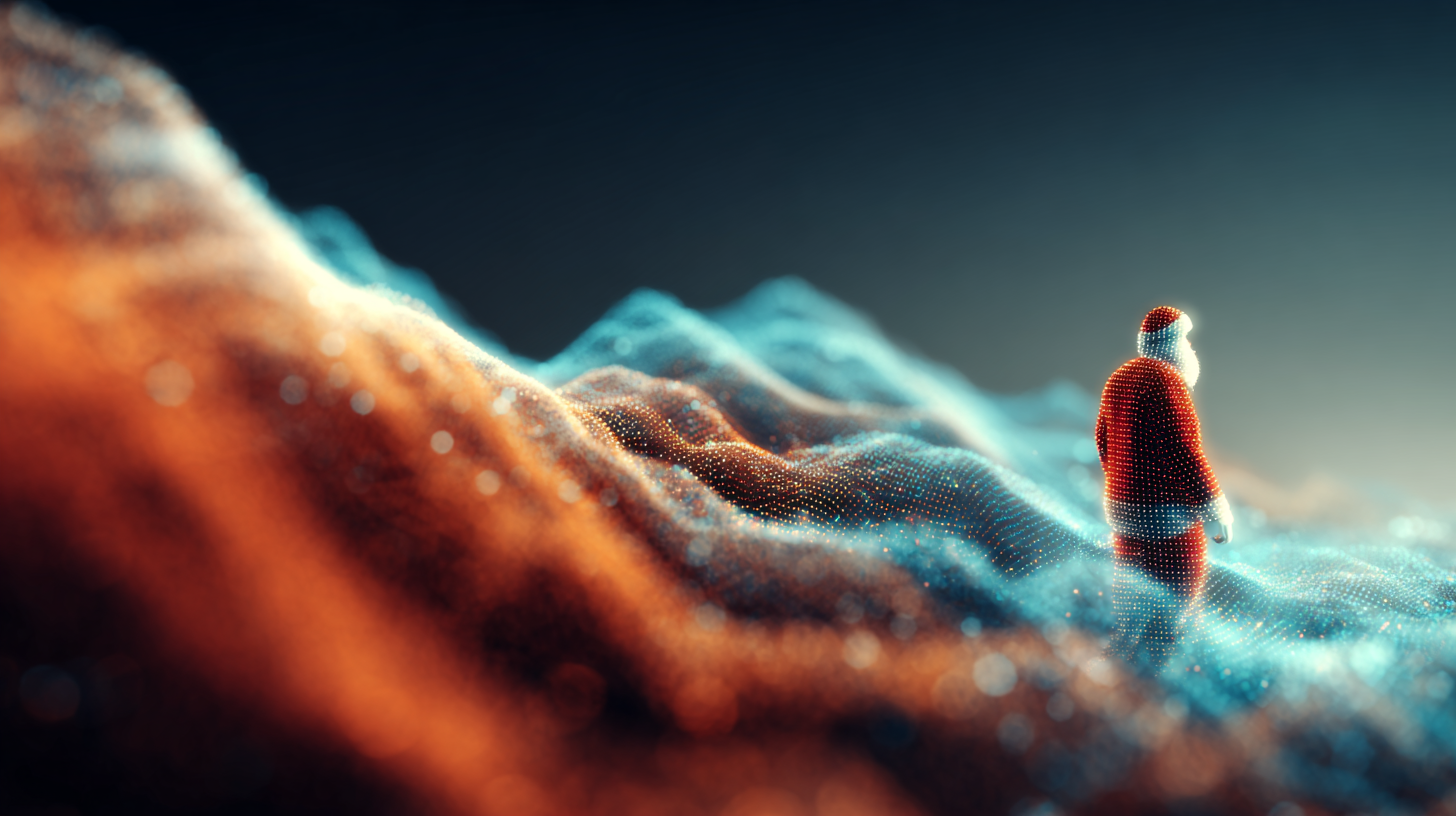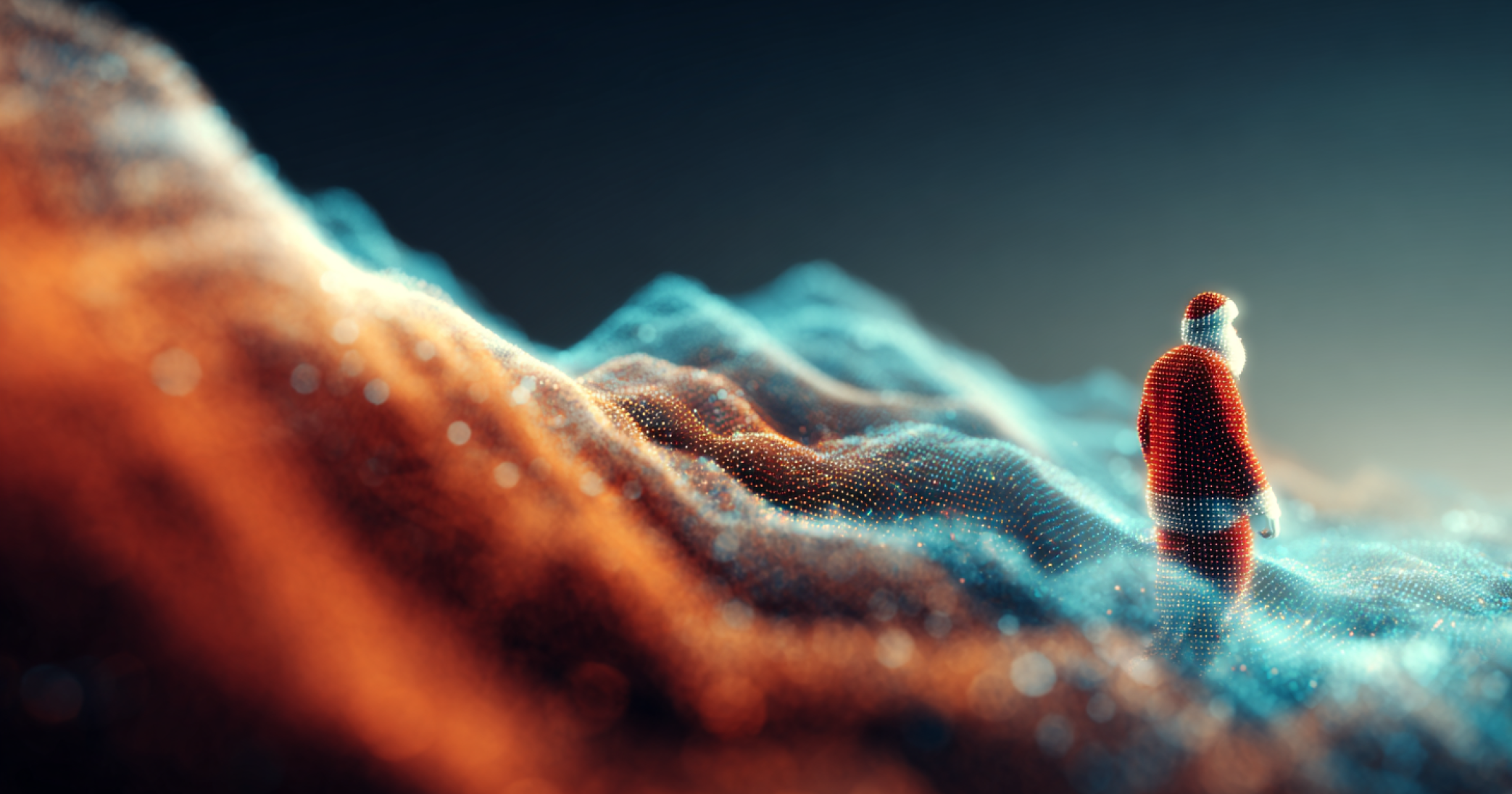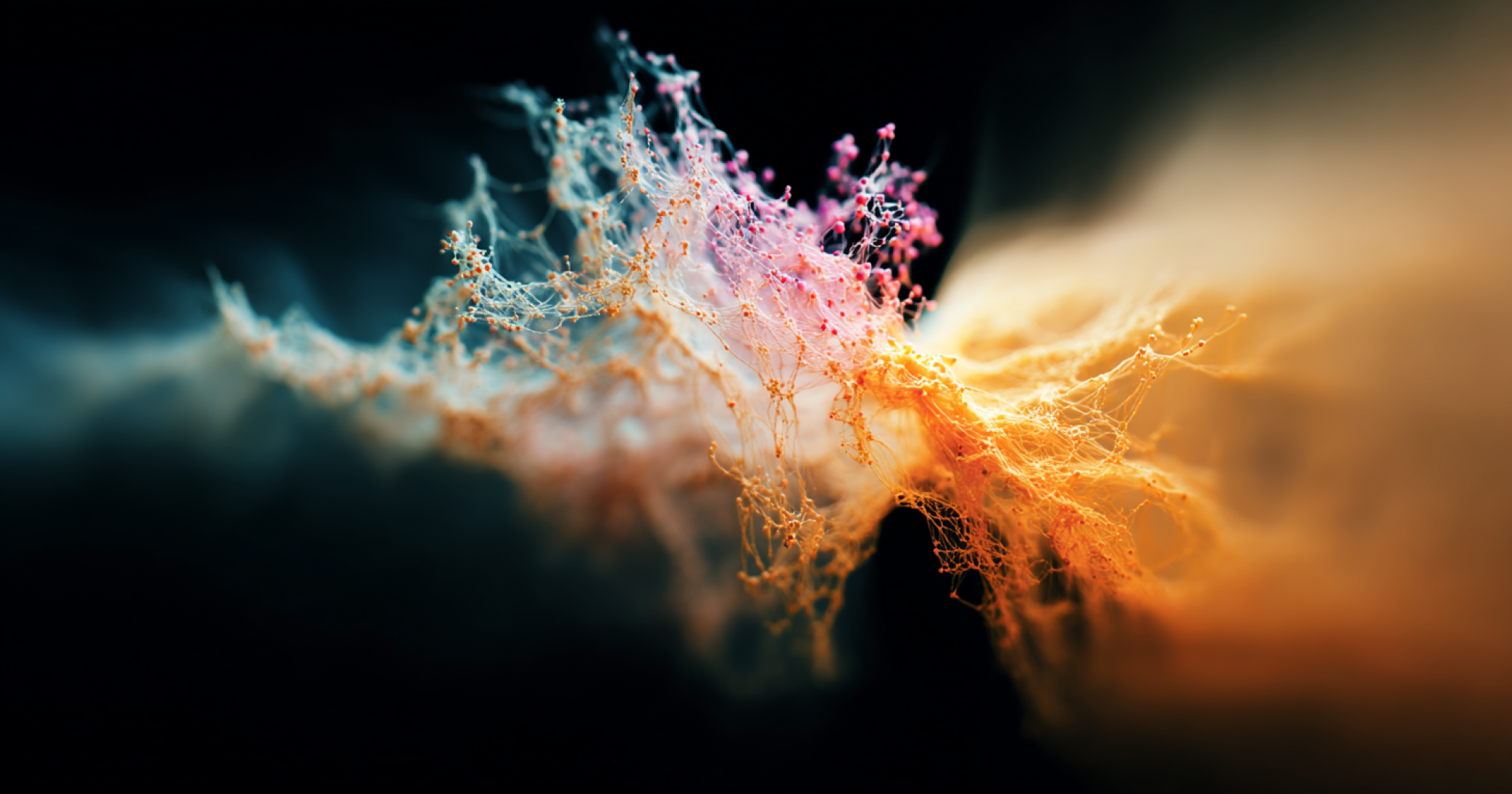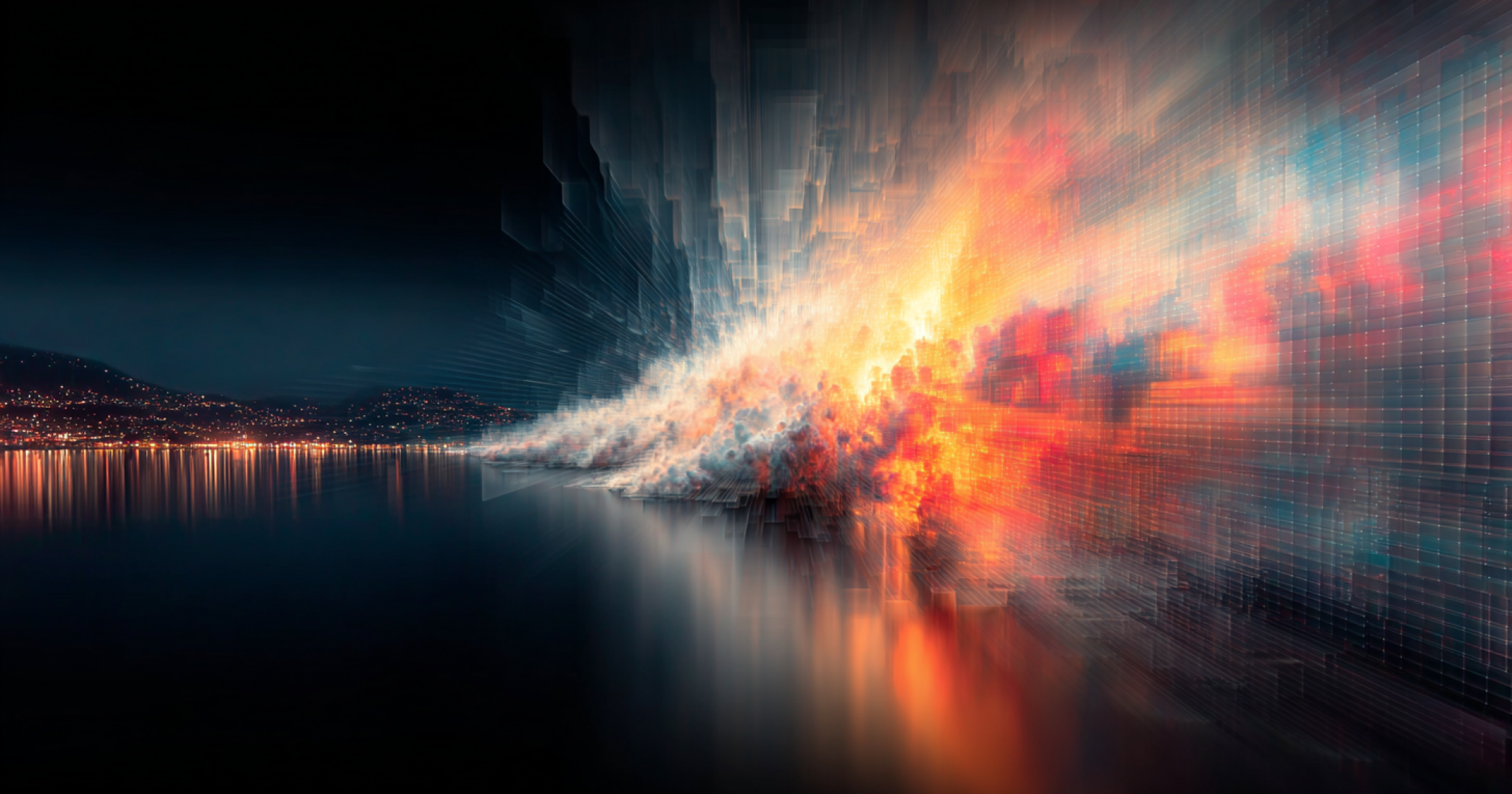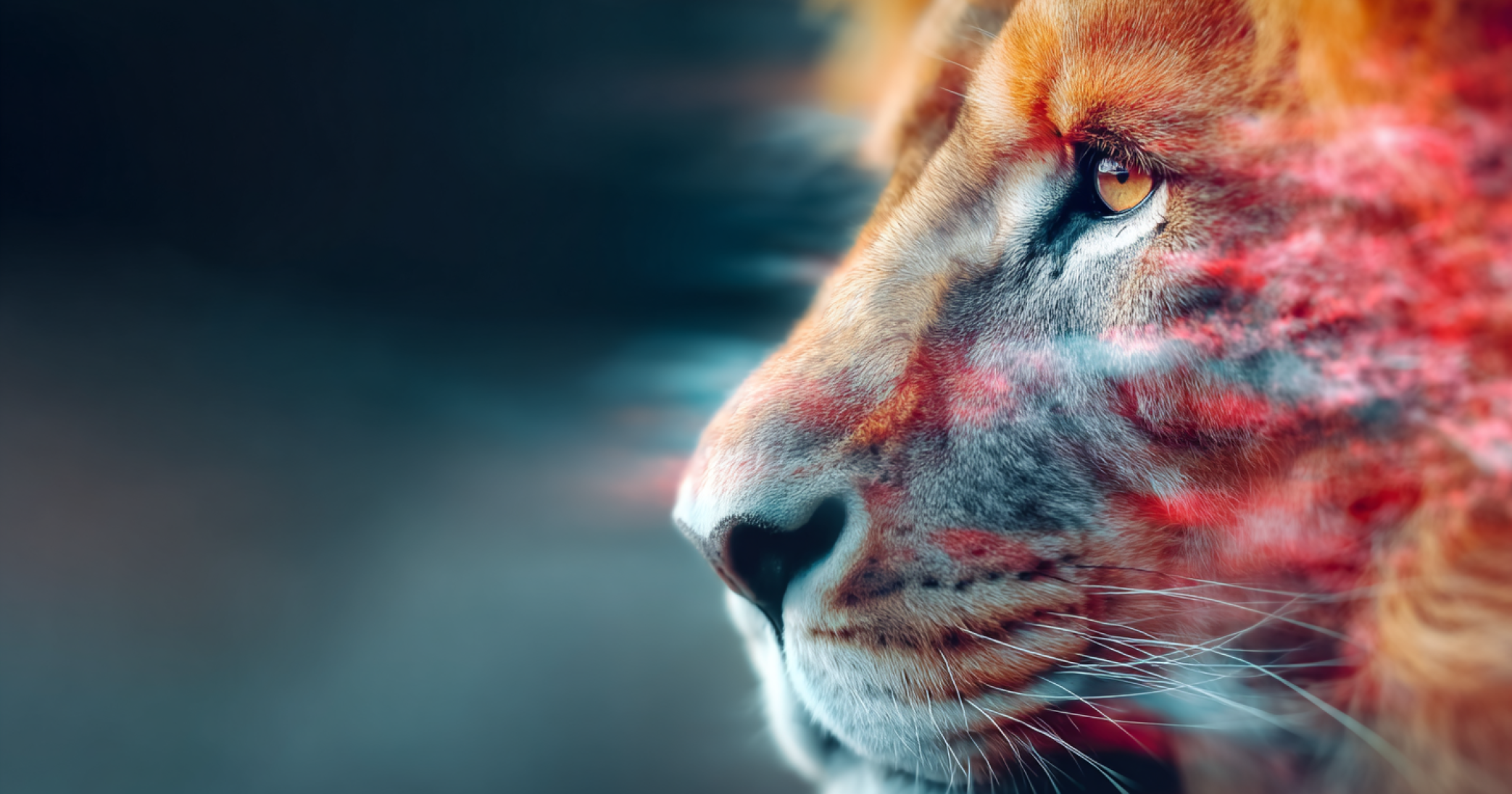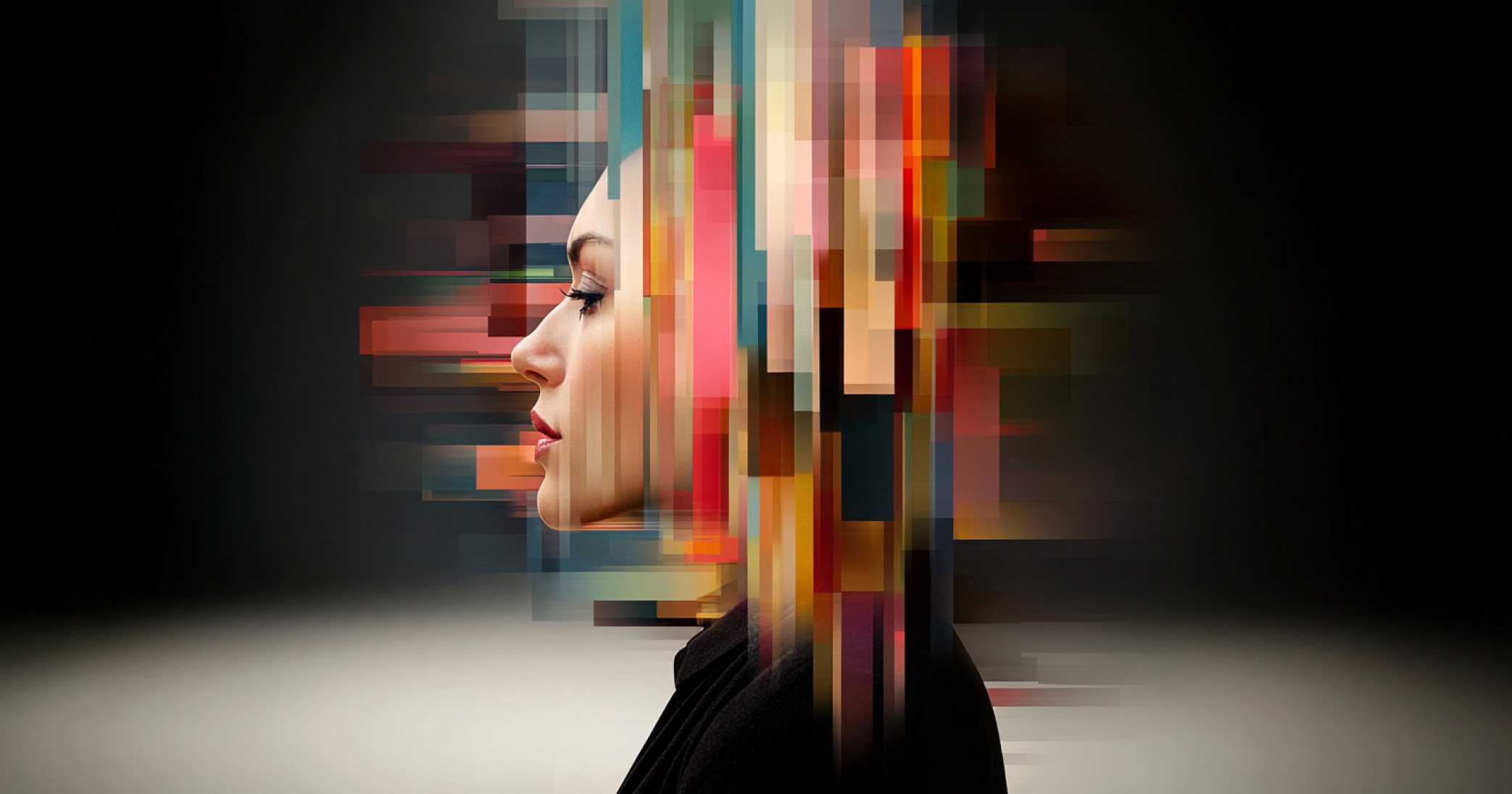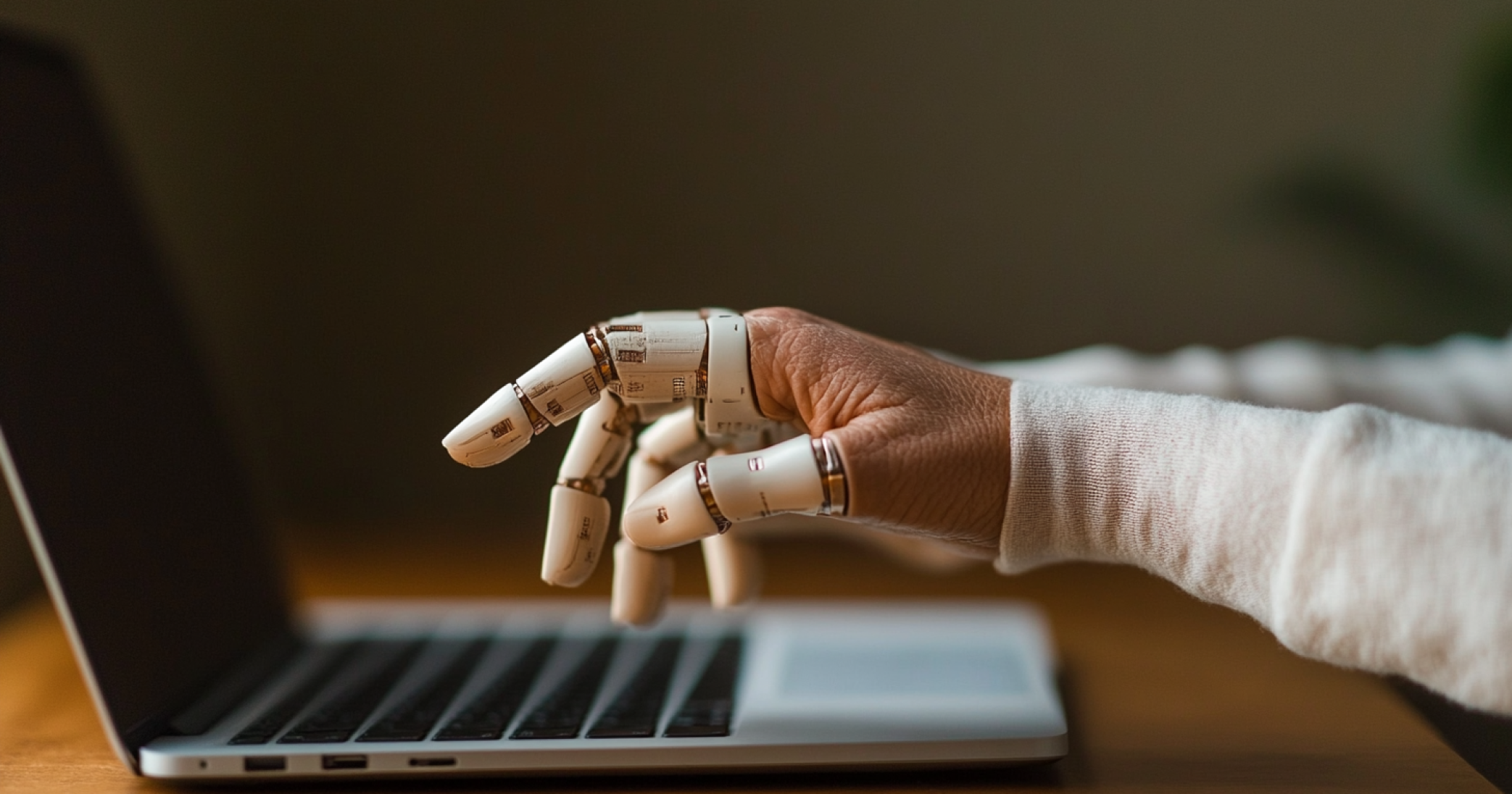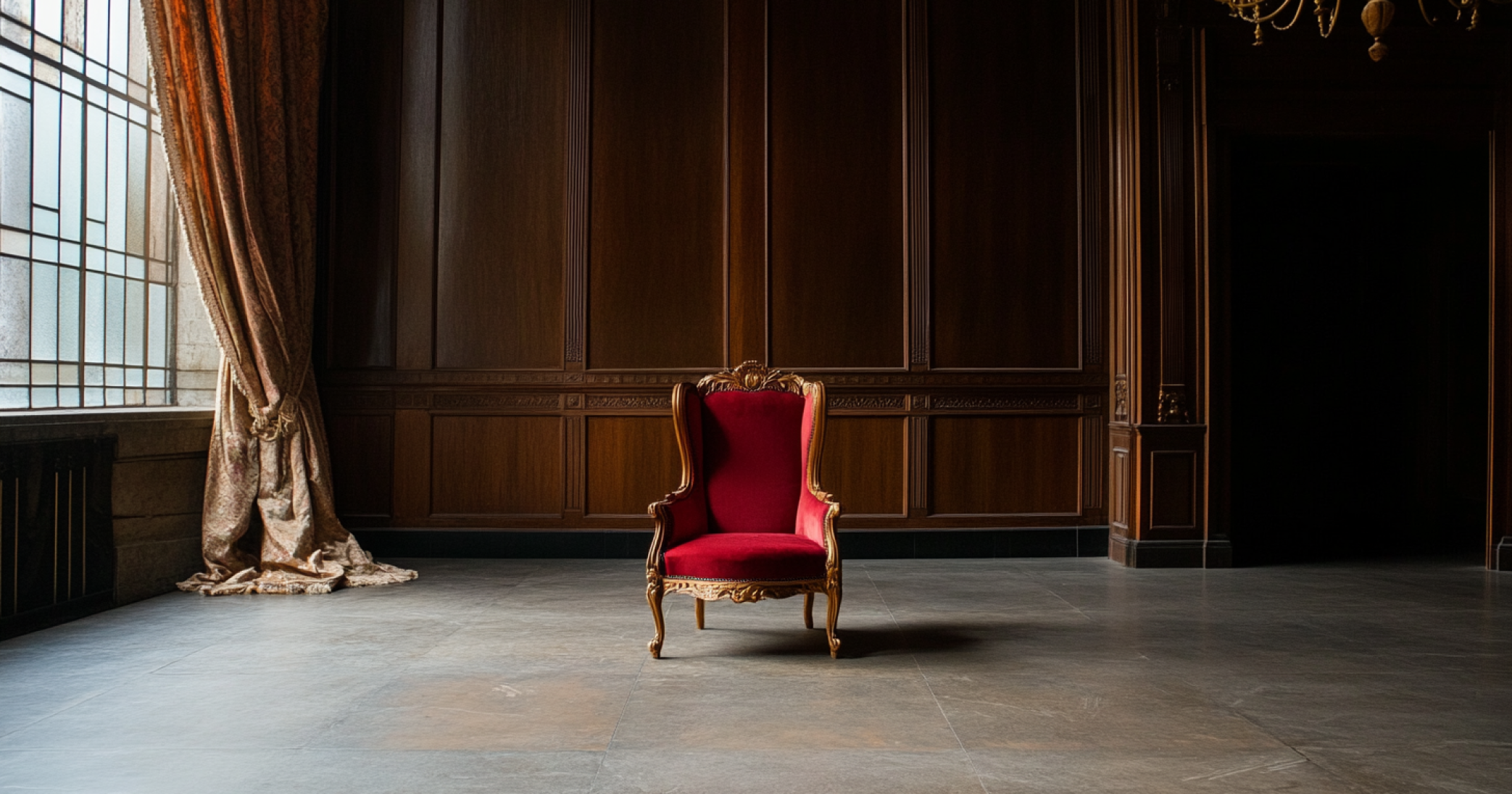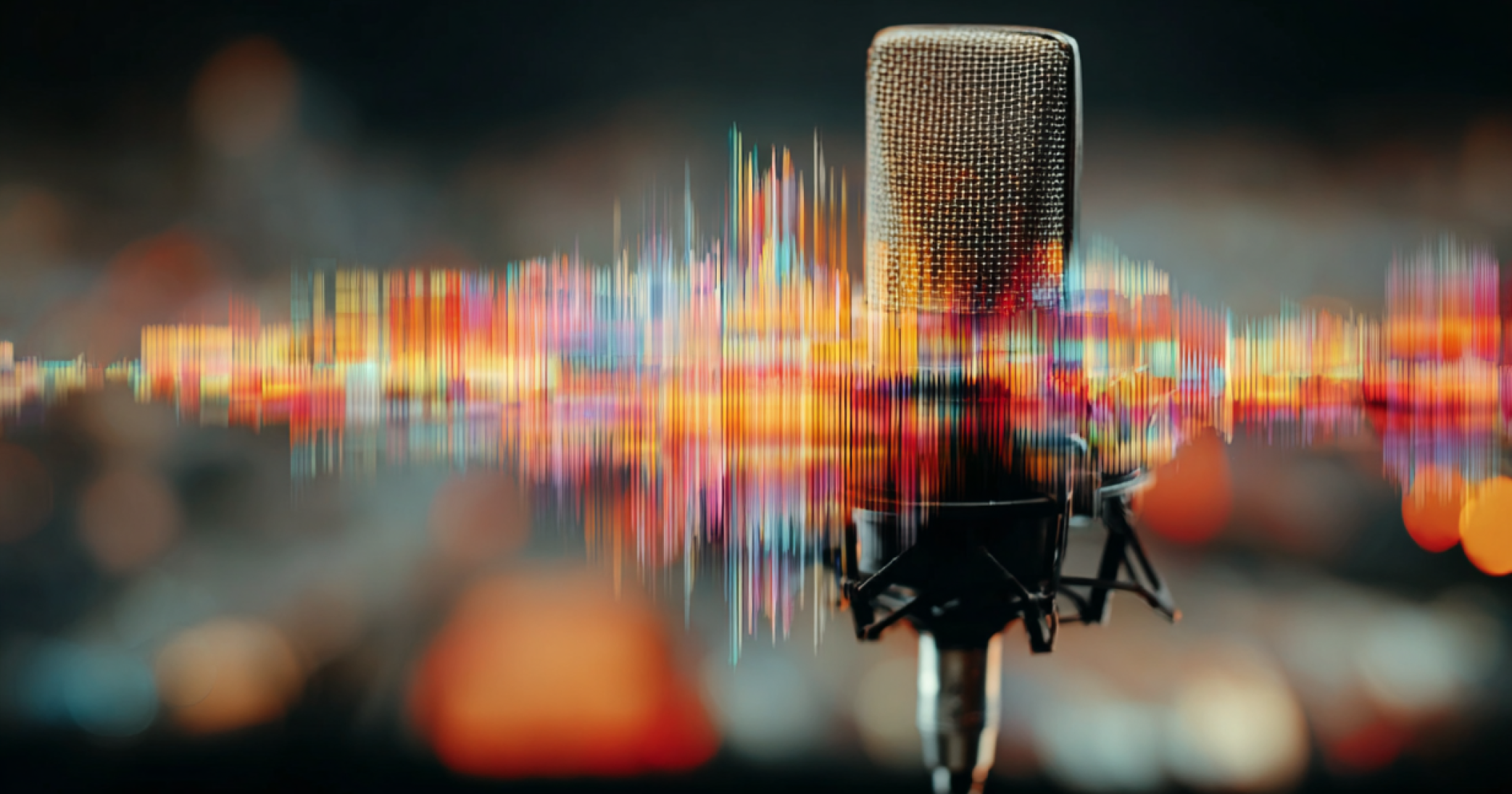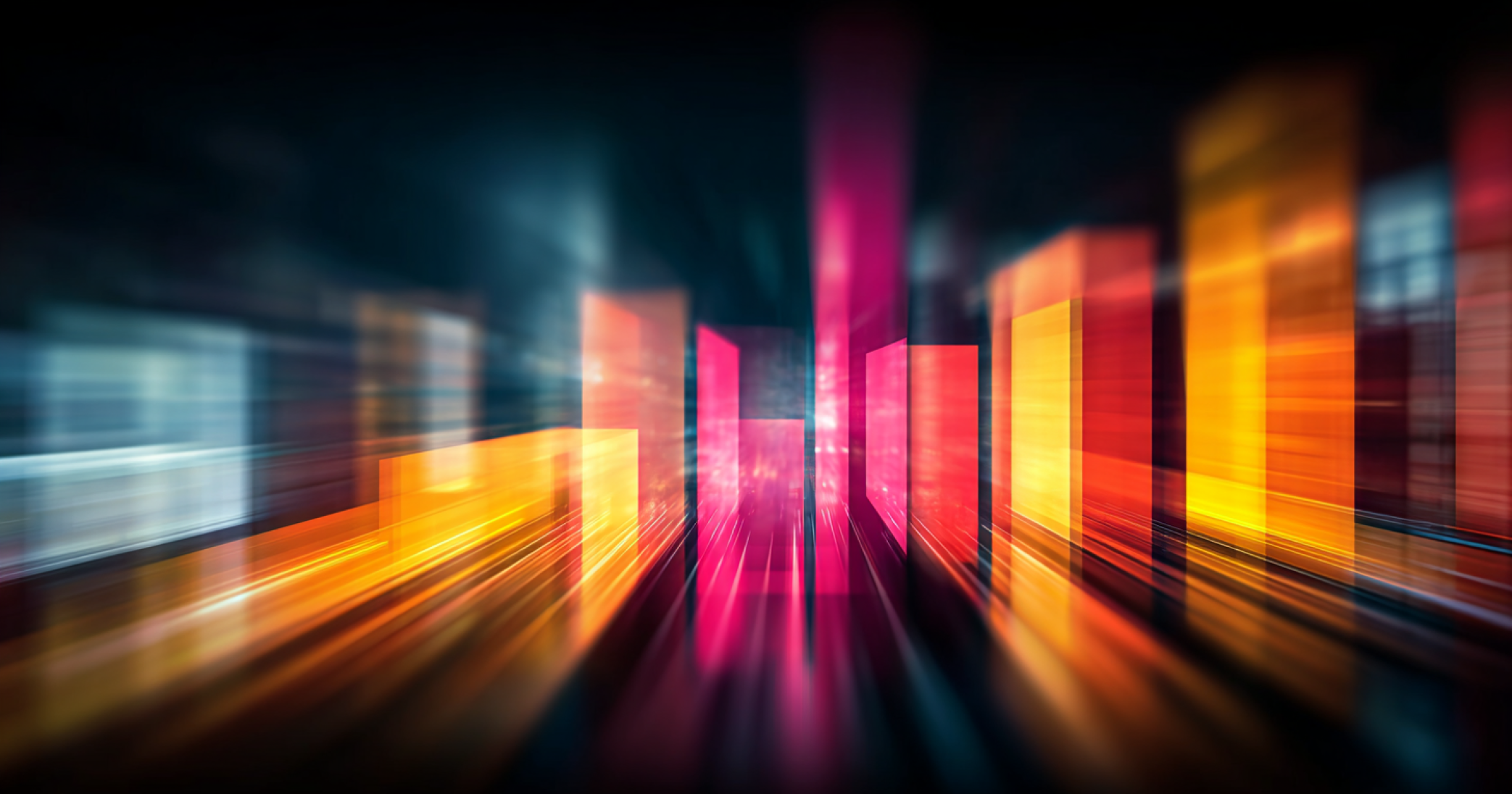The magic of Coca-Cola Christmas campaigns – then and now
Every year, millions of people around the world wait for the Coca-Cola Christmas advert. Many associate the famous truck with festive music, laughing children and a touch of Christmas magic. These commercials have long been more than just advertising – they are an integral part of pop culture and trigger a pleasant feeling of nostalgia in many people. The early campaigns were elaborately produced, with real actors, large sets and great attention to detail. This is precisely what makes the memory of the original commercials so special for many people: they are like little films that herald the arrival of Christmas.

Mit dem Laden des Videos akzeptieren Sie die Datenschutzerklärung von YouTube.
Mehr erfahren
The 2025 advert – artificial intelligence takes over
But in 2025, the reality is different: as in the previous year, the new Coca-Cola Christmas advert was created with the help of artificial intelligence (AI). This means that instead of elaborate filming and expensive special effects, Coca-Cola is relying on AI-generated images, animations and even story elements. The algorithms used create scenes, characters and moods that can look amazingly real – but don’t always capture the charm of the originals. Compared to last year’s advert, many details have been improved: the animations are smoother, the characters appear less artificial, and the overall impression is more professional. Nevertheless, there remains a feeling that something is missing – a touch of magic that is difficult to digitise.
The criticism – ‘It’s not like it used to be!’
Reactions to the new campaign have been mixed – and the criticism has been loud. Many viewers, and artists in particular, complain that the AI versions seem soulless and interchangeable. In forums and social media, it is often said: ‘This is no longer the Coca-Cola Christmas I know.’ Artists criticise that although the AI is technically impressive, it conveys little attention to detail or genuine emotion. Specialist articles also describe the advert as ‘devastating’ and disappointing. The frustration of creative professionals is particularly palpable: AI replaces laborious manual work and artistic sensitivity – this is causing discontent in the industry and making many question the development.

Mit dem Laden des Videos akzeptieren Sie die Datenschutzerklärung von YouTube.
Mehr erfahren
Realities of advertising production – between budget and feasibility
But why are big brands like Coca-Cola going down this route? The answer is simple – and sobering: traditional advertising films today consume budgets that are hardly justifiable anymore. An elaborately produced commercial with actors, locations and special effects can quickly cost millions. At the same time, marketing departments are under enormous time and cost pressure. AI offers a solution: commercials can be produced faster, cheaper and more flexibly. While this means compromising on creative depth, it ensures that brands can still implement large-scale campaigns. Without AI, many of today’s advertising ideas would simply be unaffordable.
The dilemma – between progress and nostalgia
This is where the real dilemma lies: AI opens up new avenues in advertising, but takes away some of the old magic. Many viewers find it difficult to identify with the new, computer-generated commercials. They miss the signature style of real filmmakers and the little imperfections that make an advertisement special. For companies, however, the use of AI is often the only way to realise large-scale, elaborate campaigns at all. The discussion is therefore more than a simple ‘everything was better in the old days’ – it shows how technology and emotion need to be rebalanced in marketing.
Conclusion – What can we learn from the Coca-Cola advert 2025?
The Coca-Cola Christmas campaign 2025 shows that advertising is at a turning point. Artificial intelligence opens up new possibilities, but also brings challenges. It is understandable that many fans and artists miss the old style and view the change critically. At the same time, it should be recognised that behind every AI production there are economic constraints and creative solutions. Perhaps the future lies in a new balance: seeing technology and emotion not as opposites, but as a team – with the aim of conveying real Christmas magic even in a digital world.
Sources:

